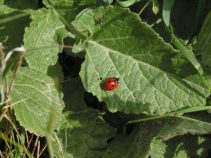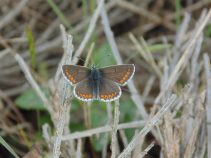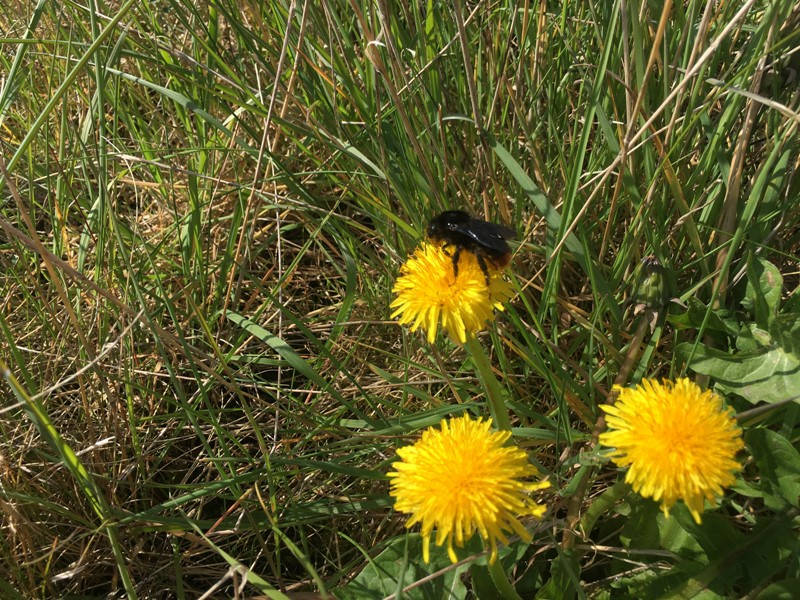This year CEMEX UK has been monitoring pollinators on sites to link in with the EU Pollinator Initiative (see the link below). It also links with work being carried out by the European Cement Association (Cembureau).
Working and restored quarries are important habitats for pollinators because they have areas which are left undisturbed. A key issue on farmland is the use of pesticides. Quarries don’t use these chemicals and as a result we have areas that have a good diversity of wildflowers, which in turn helps support important pollinator populations.
 Sean Cassidy, Regional Environmental Manager, explains: “One of the key flowering species is the humble Gorse bush which flowers from the early spring and is an important food source for bumblebees, which are just coming out of their winter hibernation. We’ve spotted seven species of bee on our sites during the spring including the Buff, Red and White Tailed Bumblebee.
Sean Cassidy, Regional Environmental Manager, explains: “One of the key flowering species is the humble Gorse bush which flowers from the early spring and is an important food source for bumblebees, which are just coming out of their winter hibernation. We’ve spotted seven species of bee on our sites during the spring including the Buff, Red and White Tailed Bumblebee.
 We’ve spotted lots of bugs on sites and are really pleased to report a marked increase in the number of Ladybirds this year. Butterflies and moths which are vitally important at distributing wildflowers species have been identified across our sites in healthy numbers. It’s important that we do this work because it helps CEMEX develop better habitats and also benefits the surrounding countryside.”
We’ve spotted lots of bugs on sites and are really pleased to report a marked increase in the number of Ladybirds this year. Butterflies and moths which are vitally important at distributing wildflowers species have been identified across our sites in healthy numbers. It’s important that we do this work because it helps CEMEX develop better habitats and also benefits the surrounding countryside.”
http://ec.europa.eu/environment/nature/conservation/species/pollinators/index_en.htm
The photos show a Buff Tailed bumblebee at Newbridge quarry, N Yorkshire, a Ladybird at Denge quarry, Kent and a Yellow Belle moth (we think) at Denge quarry too.
